-
Posts
1,437 -
Joined
-
Last visited
Content Type
Profiles
Forums
Gallery
Events
Posts posted by Mike Y
-
-
Eric, I understand what you mean! Stockholm has quite a number of old wooden ships, but getting into the right group of enthusiasts is not easy.
Daria is now a master of clamps!
 It is one of her favourite parts of the build process. She struggles with parallel machinist-style clamps, but quickly installs more traditional clamps. Which is really valuable when the glue dries and the strip is long.
It is one of her favourite parts of the build process. She struggles with parallel machinist-style clamps, but quickly installs more traditional clamps. Which is really valuable when the glue dries and the strip is long.
From now on, she is also the one taking photos, so you can see the model from her angle.
The build is in a pretty repetitive phase - gluing thin veneer. It is double layered in many places, so the visual progress is very slow. And we only have enough clamps for one piece at a time.
- Kenneth Powell, src, Dubz and 10 others
-
 13
13
-
-
Interesting framing pattern!
- thibaultron, Canute, igorcap and 1 other
-
 4
4
-
She is a very beatiful ship! Glad that you decided on the project, it should be an interesting journey! Bracing myself for another years of a log to follow

- mtaylor and John Allen
-
 2
2
-
-
All parts of the case are finished, so starting the glue-up, side panes first.
First thing to do is to find a flat surface to glue on, since the sides are too flexible (both wood and plexiglas) to be rigid.
My workbench is not flat enough (beech wood it is made of swells a lot with humidity, leading to warpage), but luckily the case base is dead flat and stable, since it is a torsion box. Checked with the straight edge:
Then I need to mask every part with blue tape, to reduce the mess after epoxy. For that I did a number of trials with different types of masking tape available locally, to find the one that leaks the less (epoxy can leak under some tapes). Scalpel is used to cut it just enough to let epoxy get out and avoid trapping it in the joint:
The rest is a time race:
1) Apply a bit of epoxy to all future joints (8 surfaces). They are all endgrain-to-endgrain (well, diagonal grain), so needs to pre-absorb some epoxy, otherwise the glue joint would be weak when real epoxy would be sucked into the grain.
2) Plexiglas is attached to the wood with a silicone glue, so every groove need to get a continuous line of it. (4 grooves)
3) Carefully insert the glass without moving it too much to avoid messy silicone glue squeeze-out.
4) Connect joints together, applying thick epoxy to it as you go.
5) Align everything, check squareness
6) Clamp and re-check again.
It was not so easy to keep track of all that, especially with a 10-15min working time for both glues.
Epoxy gets out to the masking tape, but all the mess stays on it:
So the first side ended up so-so, with some joints having gaps. But this side would be less visible than the other, so should be ok.
Full view:
After a full assembly, I will scrape and sand all jonts to make sure they are nice and flush.
Second side window was much smoother, all joints look tight with no gaps. I have big hopes for that second side

The moment of truth is coming - joining these sides together with a top glass and front frame. Really hope that I will not need to scrap the entire thing and start over...

- Dubz, Omega1234, Beef Wellington and 12 others
-
 15
15
-
Thanks, she is happy to read it!

Today we took part in another build (or a maintenance of an already built "model"). It is Helga Holm, the Viking ship replica, built in 1983, 22m long, weighs 4 tons.
It is in a decent shape, but definitely requires some repair. For now the goal was to raise a tarp cover to protect it from elements in the winter.
Daria participated a lot, and she looks forward to sail it in the summer!
Ready to be covered:
-
The build was finally resumed, we had a number of modelling sessions during the last few weeks. Horray!
This time the job is simple - glue pre-cut veneer pieces to their places, fine fit and making sure they are properly clamped.
Daria likes it a lot! And whines that with this tempo it will take too long to finish the model - we need to glue more than one part per day!

Learning how to work with a scalpel with various angles. I know the holding is not correct here, but that will be corrected later:
Using masking tape to "clamp" the veneer where regular clamps could not be used. Works like a charm on this scale:
Result is ok, including the ebony parts:
Then onto the bulwarks. They are double-layered for whatever reason, but alignment is easy and done by a small pins that fit into tiny holes cut in all layers. Such a simple and elegant idea!
Found out the hard way that these clamps are not good enough - they clamp only in the middle, while veneer warps due to moisture.
So we experimented with other ways of clamping:
And ended up with this monster, but it seems to work:
She really enjoys it now - the difficulty level is just perfect, and learning some new techniques every time. I am touching the model less and less, she is doing more fine fitting herself (and said fitting is always required, a millimeter here and there).
-
-
-
-
When preparing parts for the next modelling session, I noticed a slight difference between our model and how it looks in the manual...
Apparently some parts are not permanent, but a temporary alignment jigs. They are not supposed to be permanently glued. D-oh!
I was such an idiot
 Followed the manual blindly, like a Lego. Without thinking "what the heck is this part" and "wonder how it is used down the line".
Followed the manual blindly, like a Lego. Without thinking "what the heck is this part" and "wonder how it is used down the line".
So I did some brute demolition with pliers, cutters and dremel disk cutter. Daria was not involved, since it is a very delicate process - one incorrect move with pliers - and bulwarks will crack. Bulwarks end up with no support when you are supposed to glue finish planking to them.
Cleaned up hull, ready to move forward:
Phew! Will read manual more careful next time. Daria also confirmed that I am an idiot, and now reads the manual after me, to make sure I haven't missed anything. Guess it is a good thing in a long run

-
Fantastic model! It has a pretty unique wood / coloring scheme, which makes it look very soft and cozy. Looking on it gives some warm feeling... You can use it instead of a fireplace to add an atmosphere to your living room!

Wonder how your display case will look like to compliment the colour style of the model.
-
-
-
-
After few more dry fits and verifications, I made recesses and rabbets to hide the ends of "floor planking" and potential backing sheet on the back side of the case. So far I am planning to just have a bare wallpaper there, but if not - the recesses will allow to properly feet a sheet of some material (white acrylic or similar).
So now the best part - finish sanding / scraping. Mostly scraping - with rectangular objects it is a walk in the park, and yields a better surface without rounding:
Finish scraping with xacto blade, it is perfect for that:
Applying danish oil. Irregular grain pattern leads to slight "curls" when oiled, looks sweet. Picked danish oil instead of tung this time, tung oil sips too deep into the wood, is too dark for that case and takes forever to dry.
-
-
-
The case is dry assembled, and after some fine tunings and adjustments everything fits perfectly!
It has a bit more flex than I thought, 3mm plexiglas is not so strong. Who knew! I used some test pieces to pick up the glass thickness, but when you have a larger plane - it flexes differently. The photo is a bit distorted, it actually have just 1mm of sag in the front and no sag in the back (there is a 20mm square pear stock there).
To prevent sagging, will add a reinforcement to the top part of it, which will lock the front glass frame with the front frame of the case.
Now I can finally sand, finish and assemble it. Will use silicone to mount the glass and epoxy for the joints. When the top part is done, will rebuild the base out of thinner plywood - the base is probably 5x heavier than the case itself

Also not sure how to plank the "floor" of the case (flat surface where the model will be). Planking it with pear would be boring, but I am on the edge between a lighter colour (that willow I cut down might come in handy) or a darker one (walnut).
Aaargh, hate do to the colour choices!
- druxey, Tigersteve, Stuntflyer and 14 others
-
 17
17
-
-
Still learning the best ways of working with epoxy. First gap filling had too much spillovers (tried to use a masking tape to contain the epoxy), so the second attempt relied on gravity to keep epoxy in place:
Epoxy is a fantastic thing, but I need more practice to use it without making a mess. It sips under a masking tape as well.
A bit about the lumber I cut, made a photo of a stump. Colleagues say it might be Willow. Looks similar!
-
-


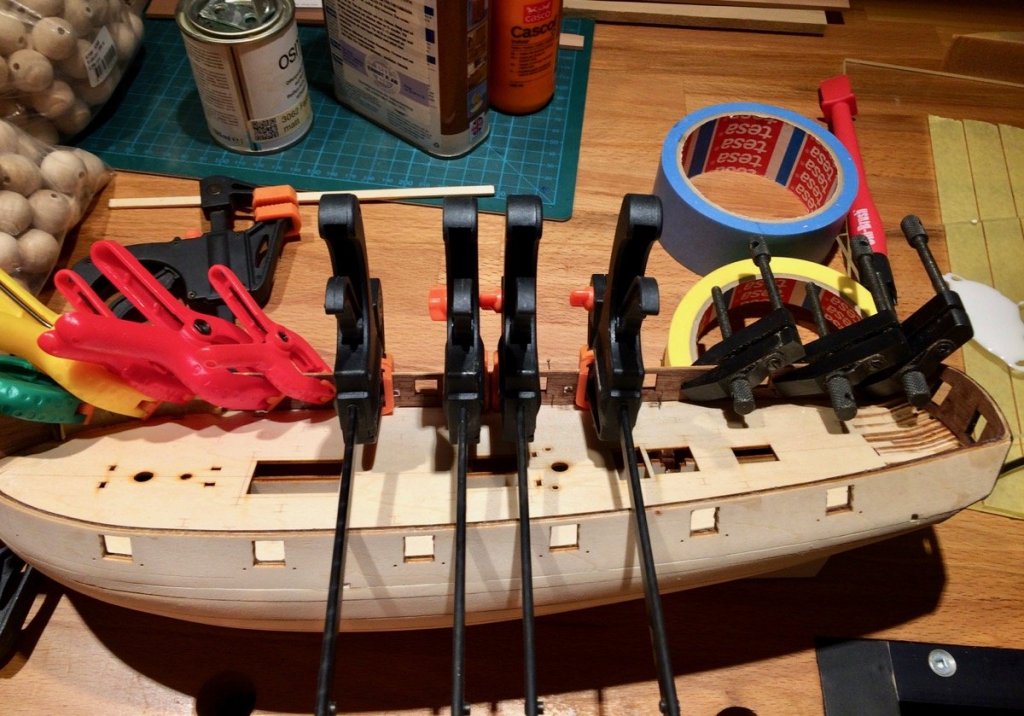
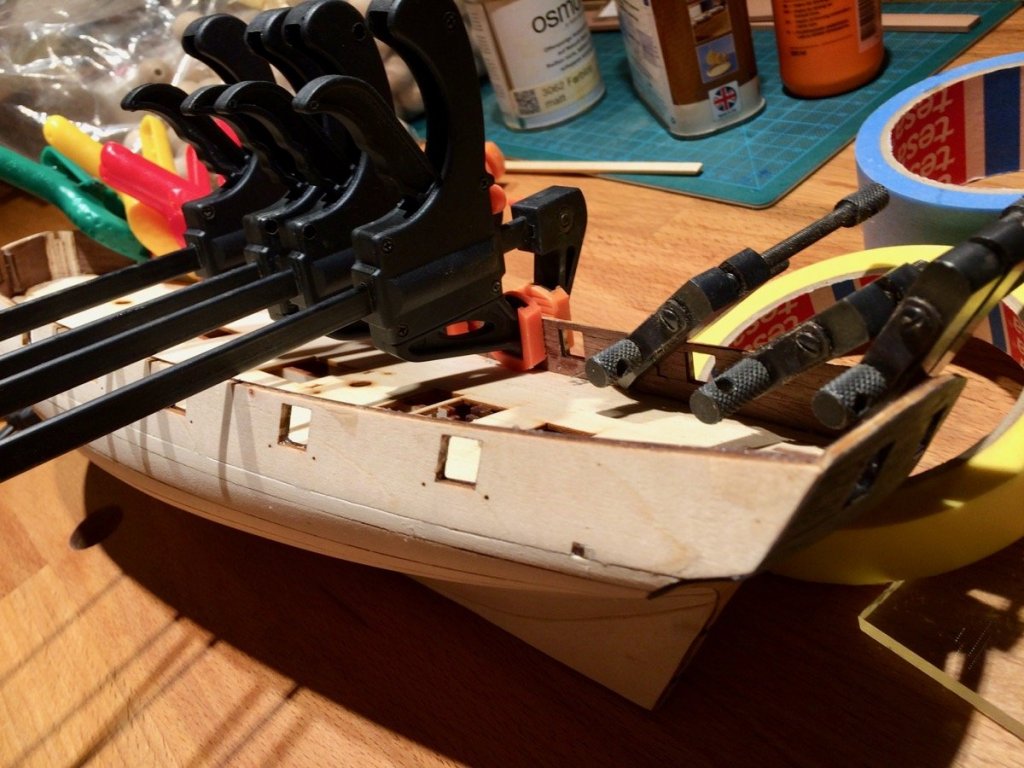
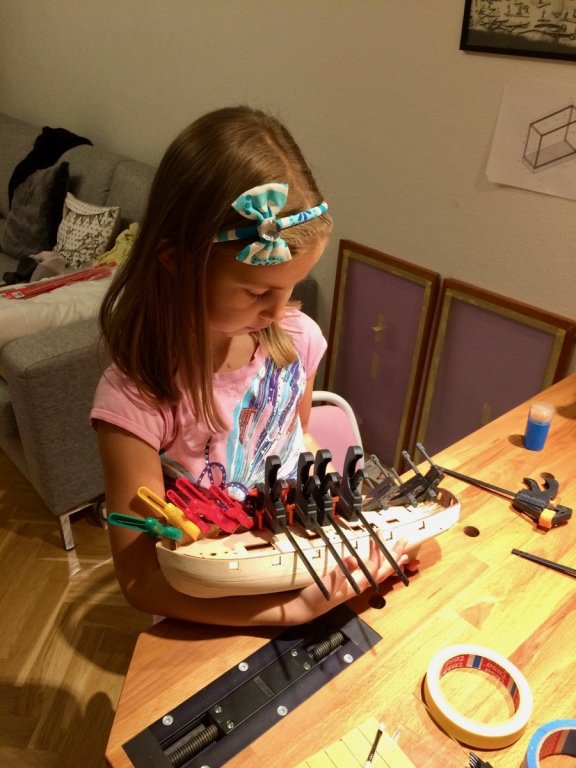
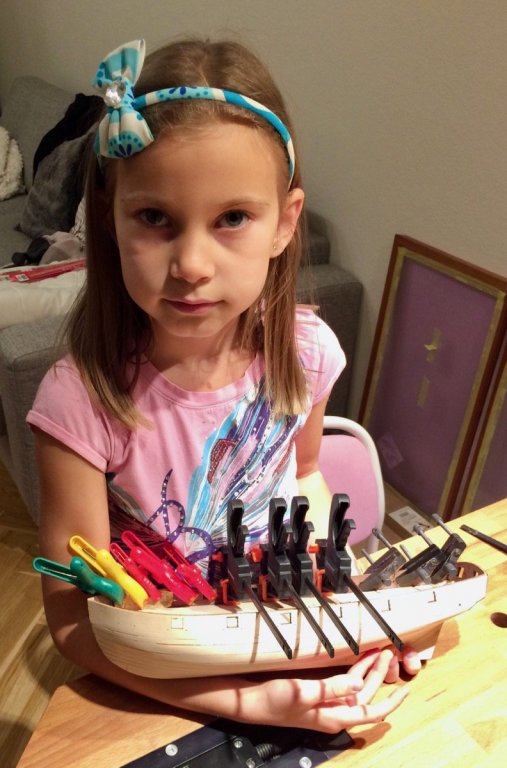
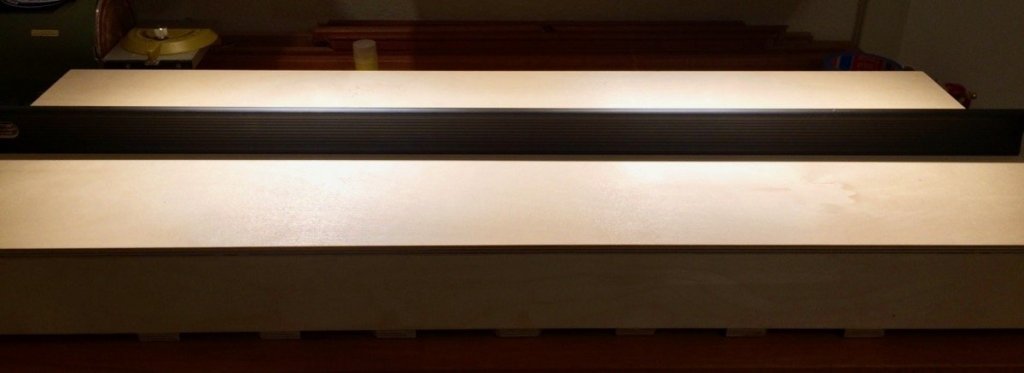
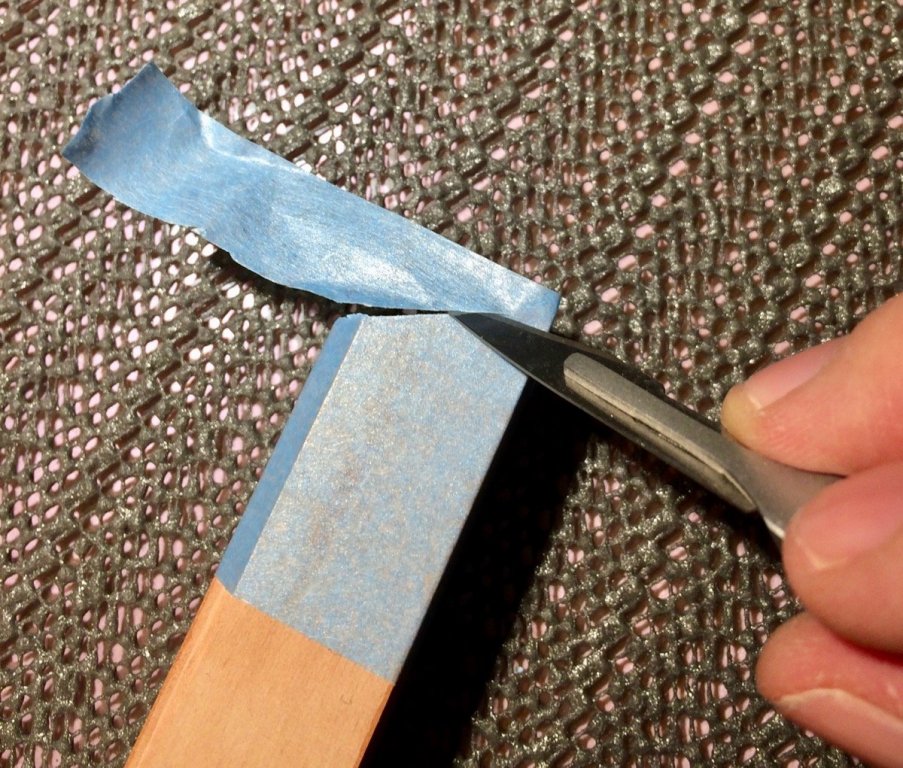
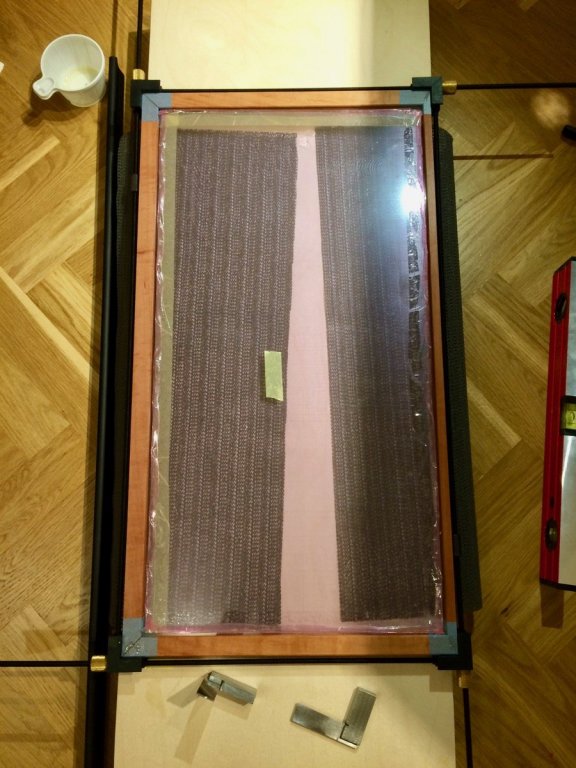

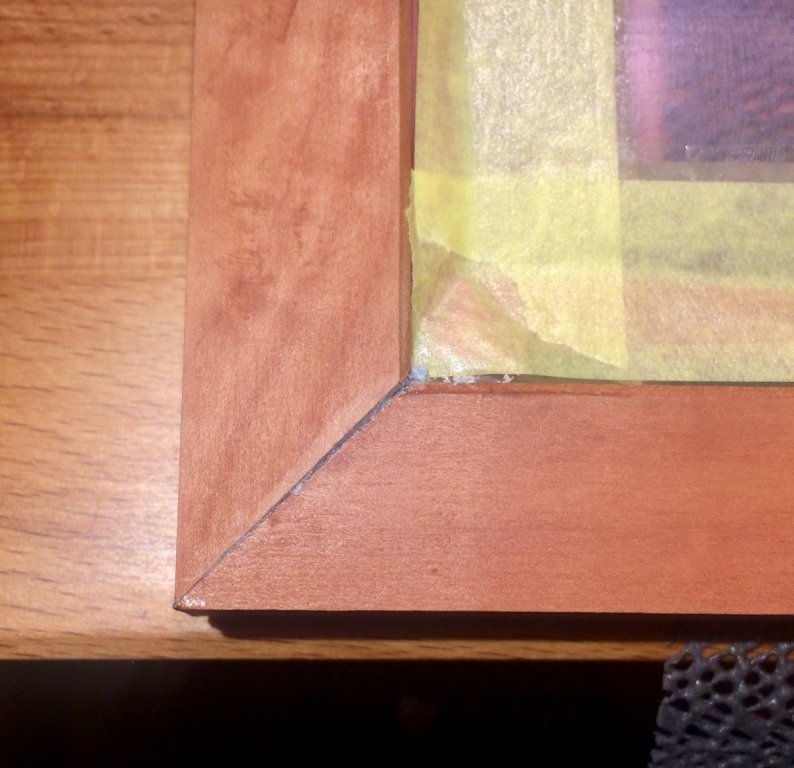
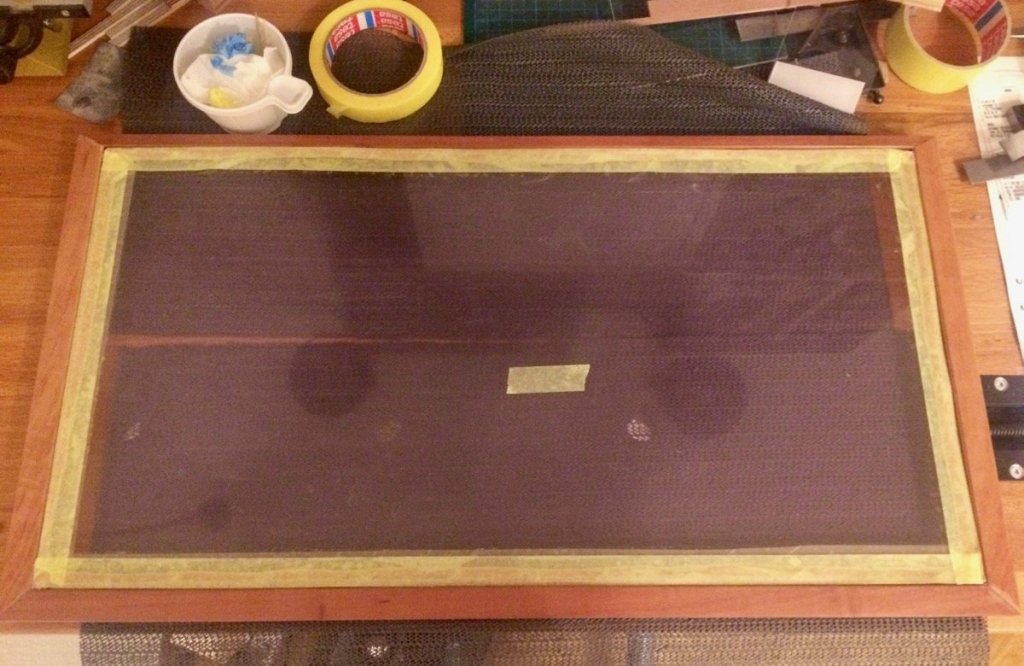
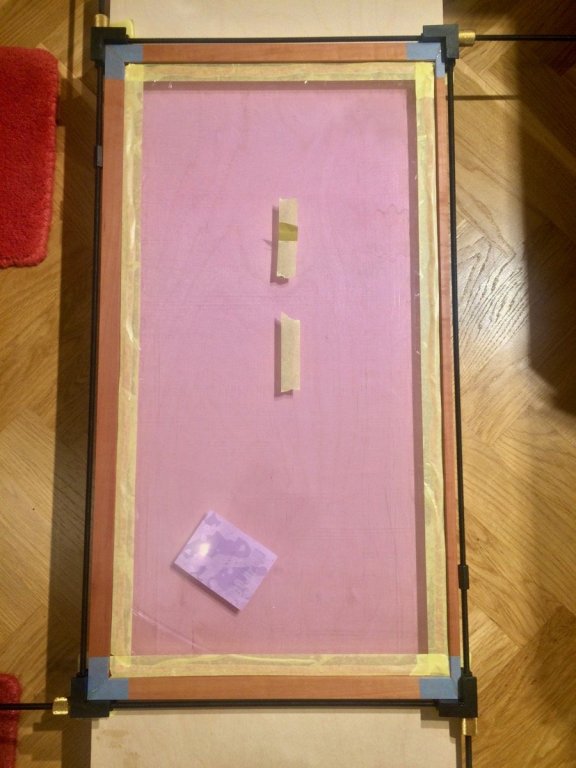
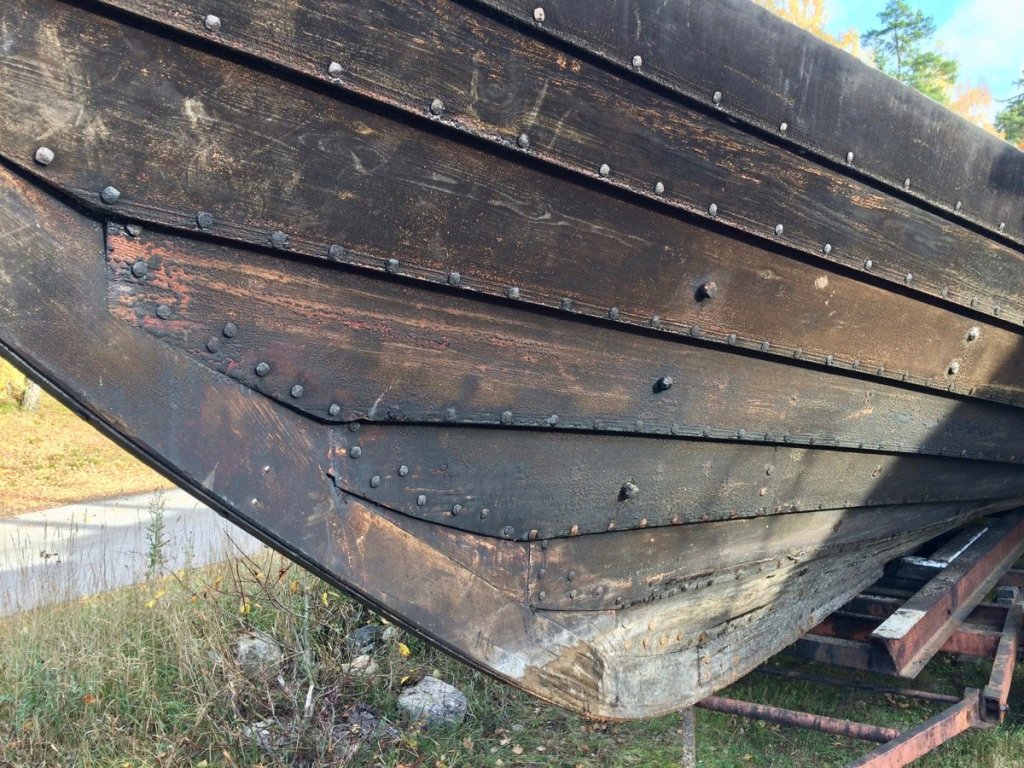
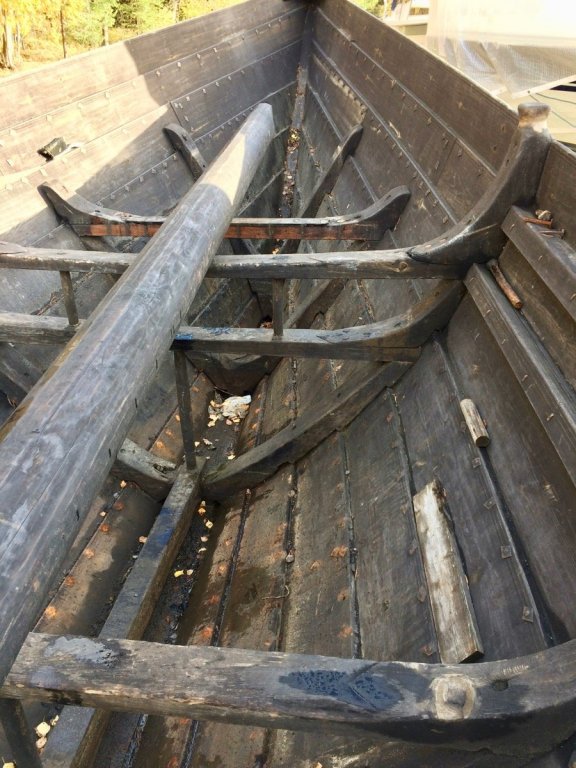
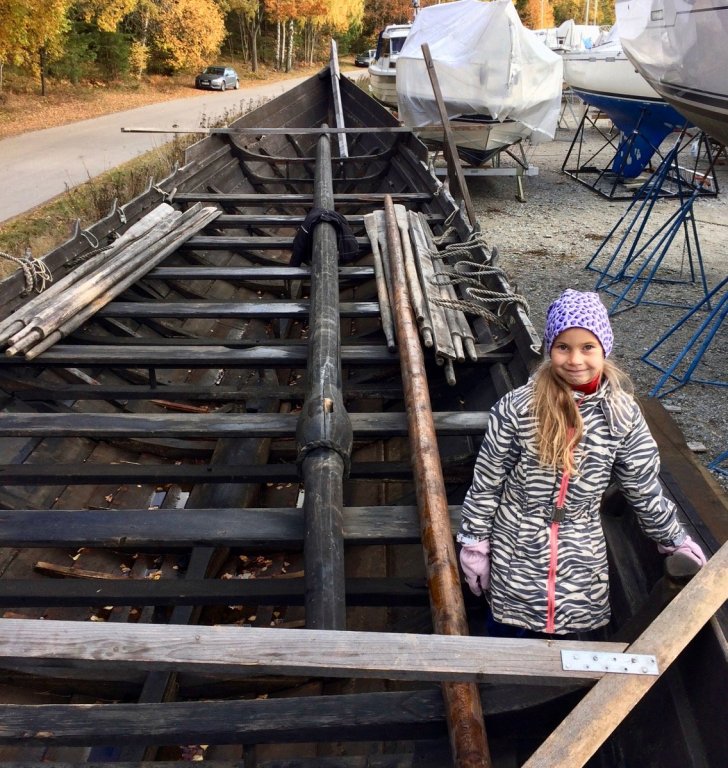
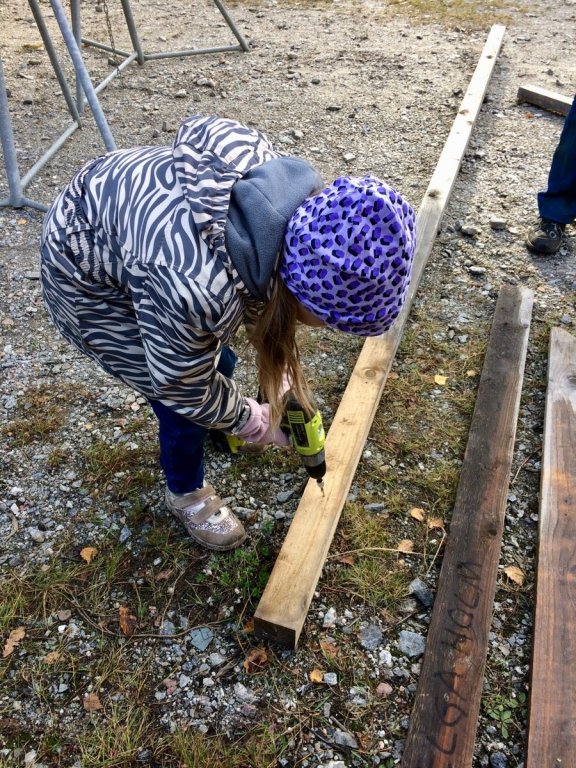
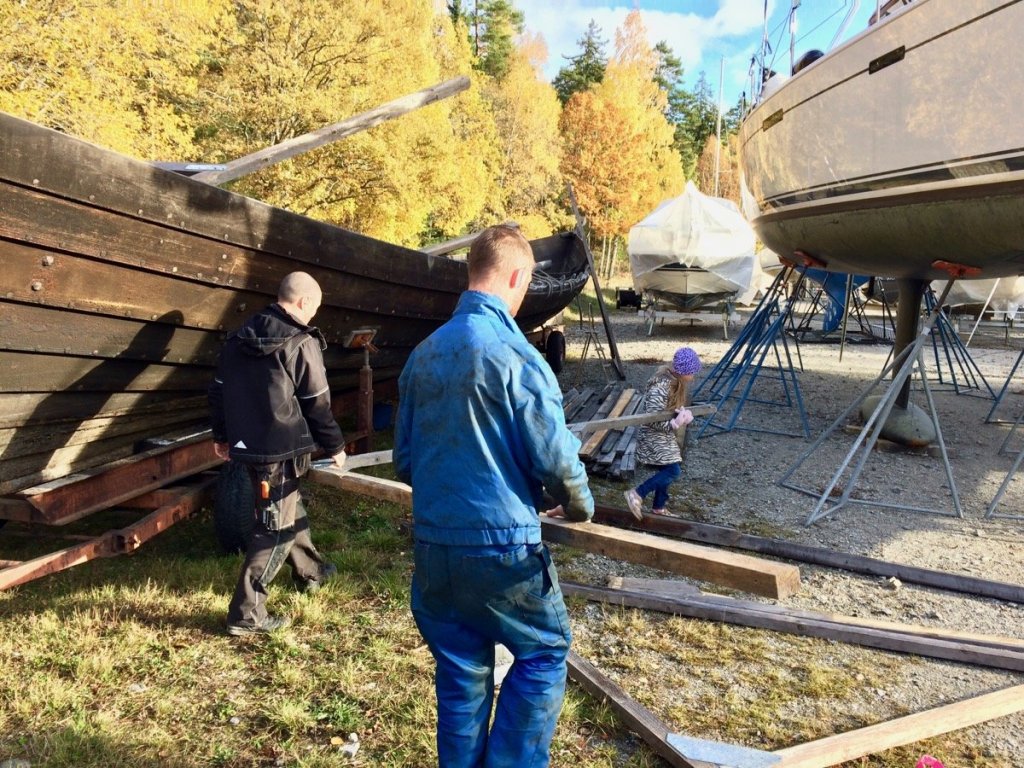
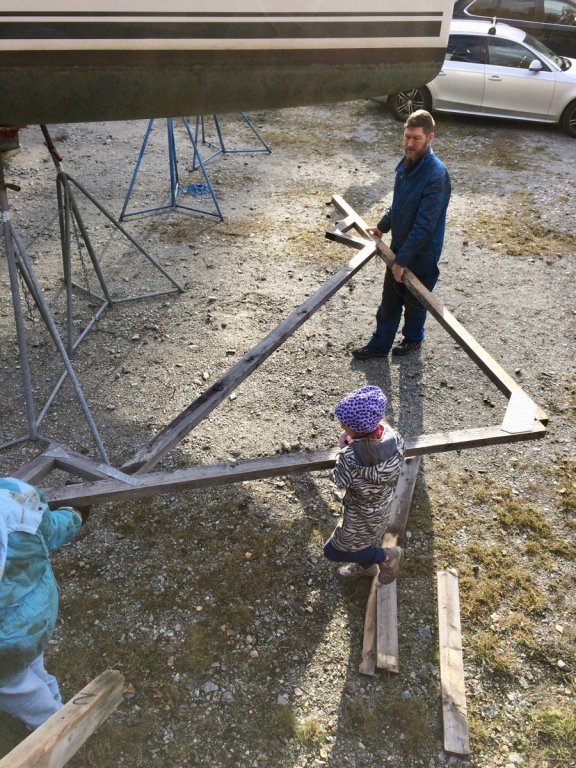
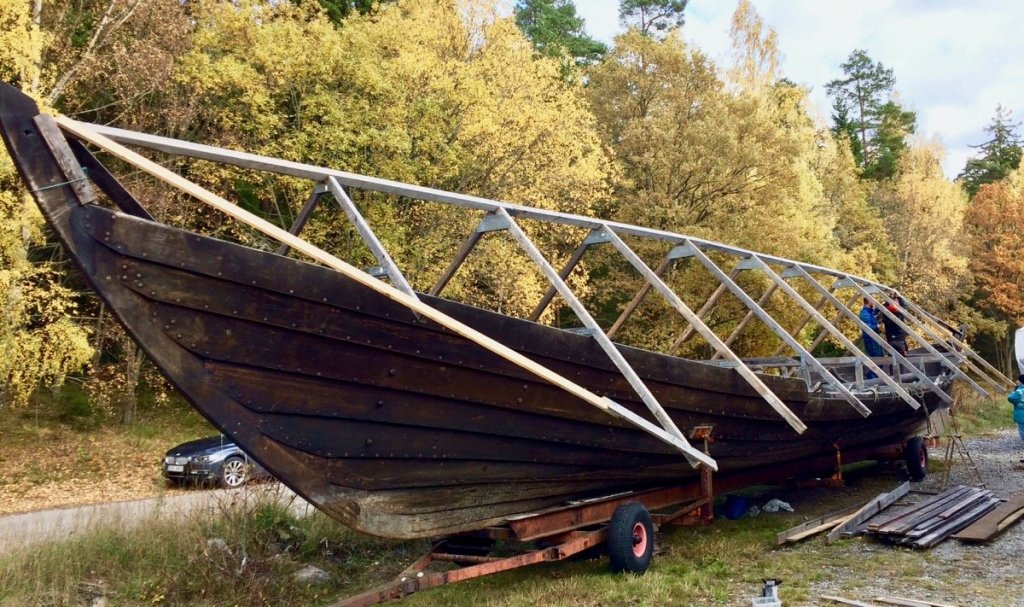
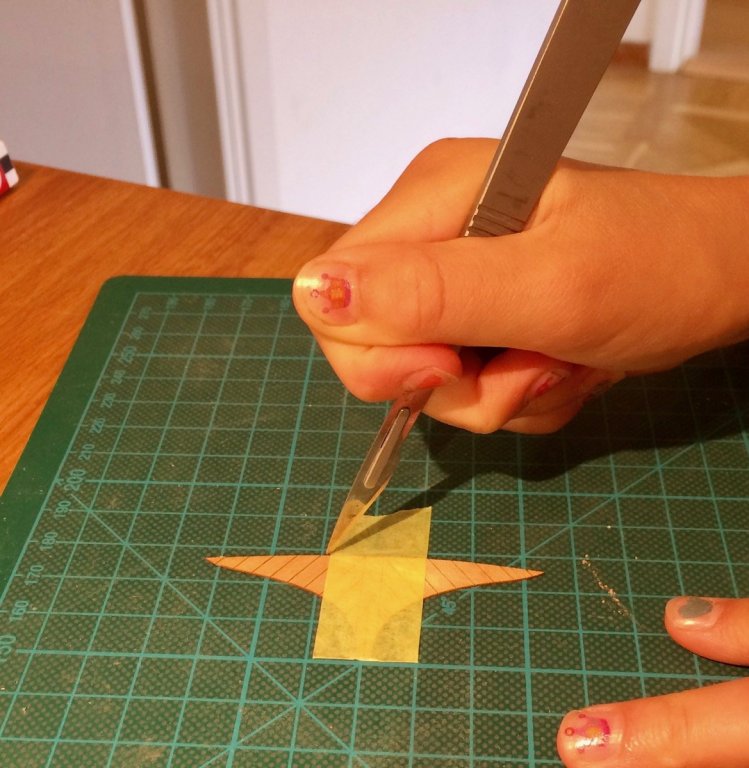
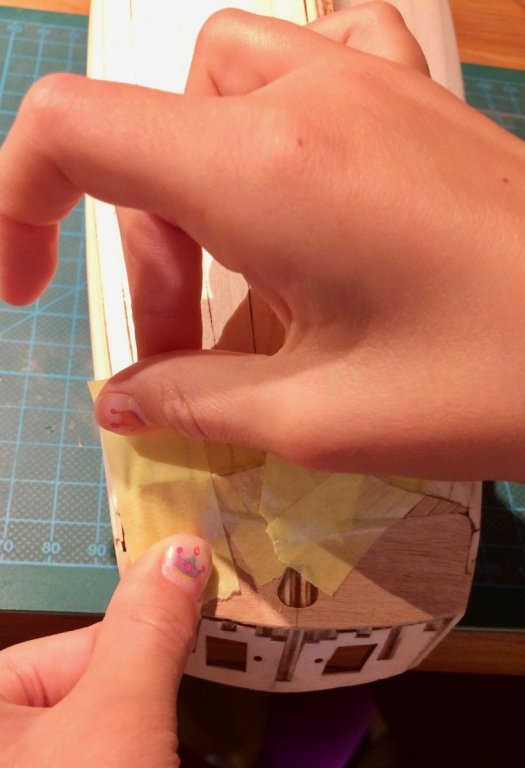
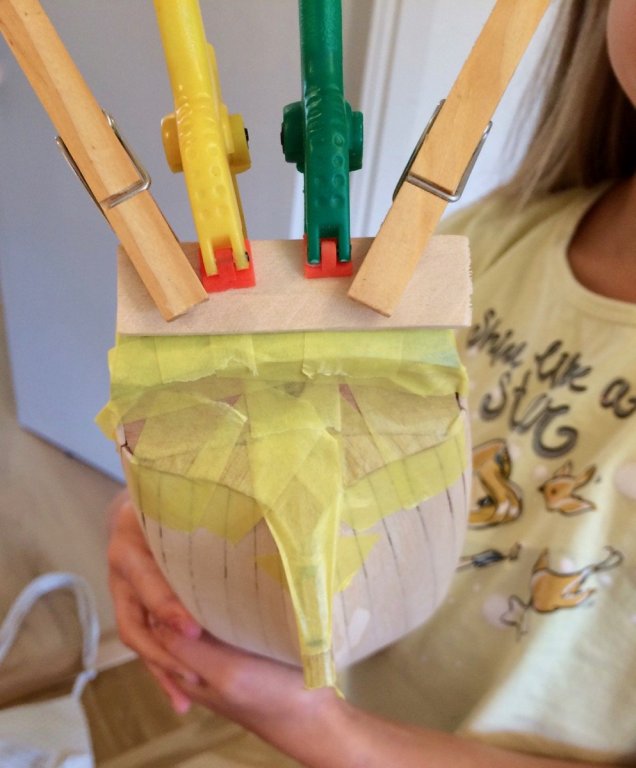
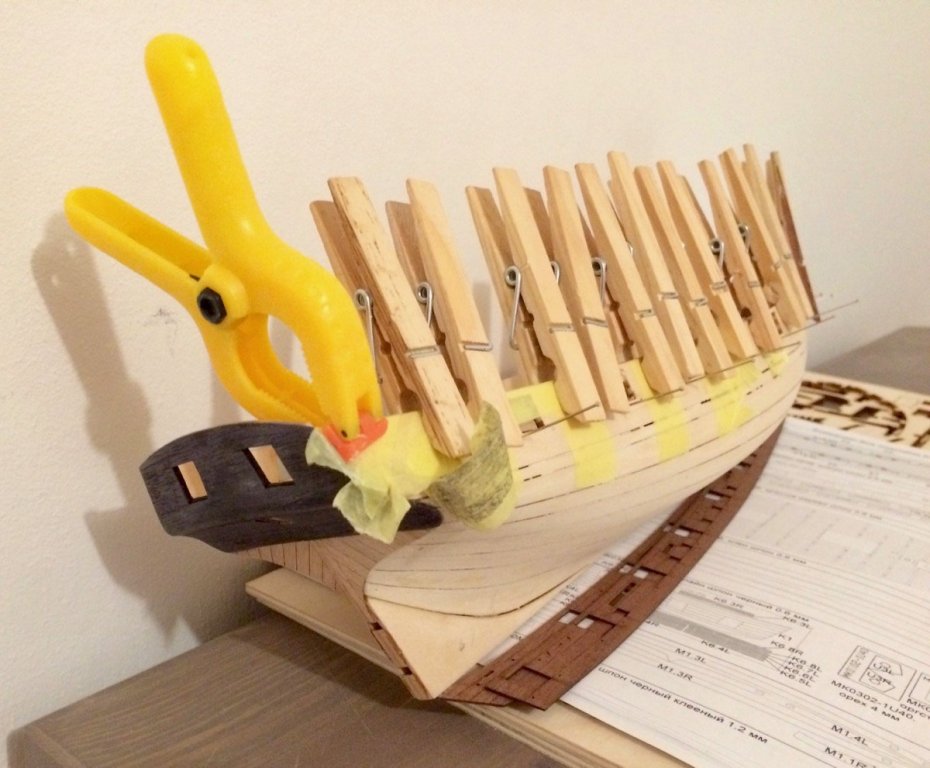
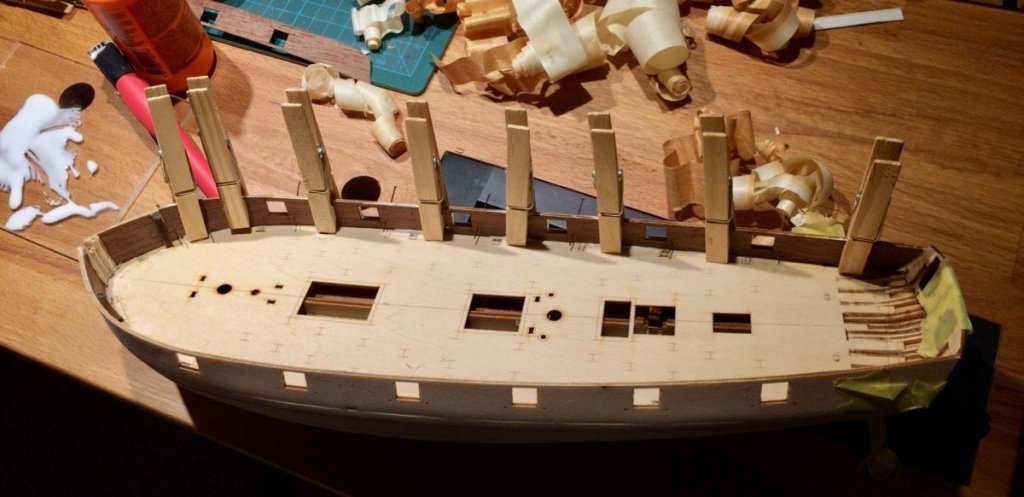
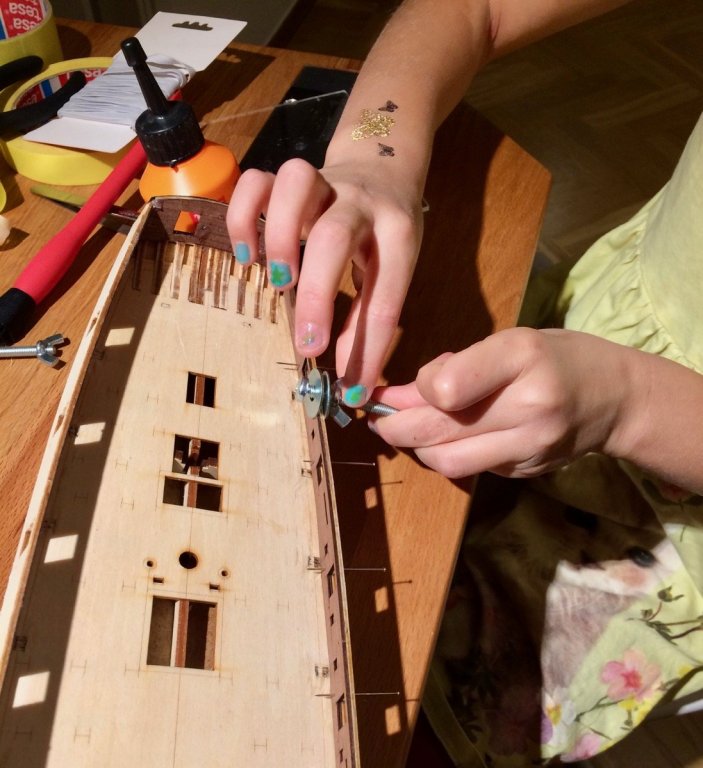
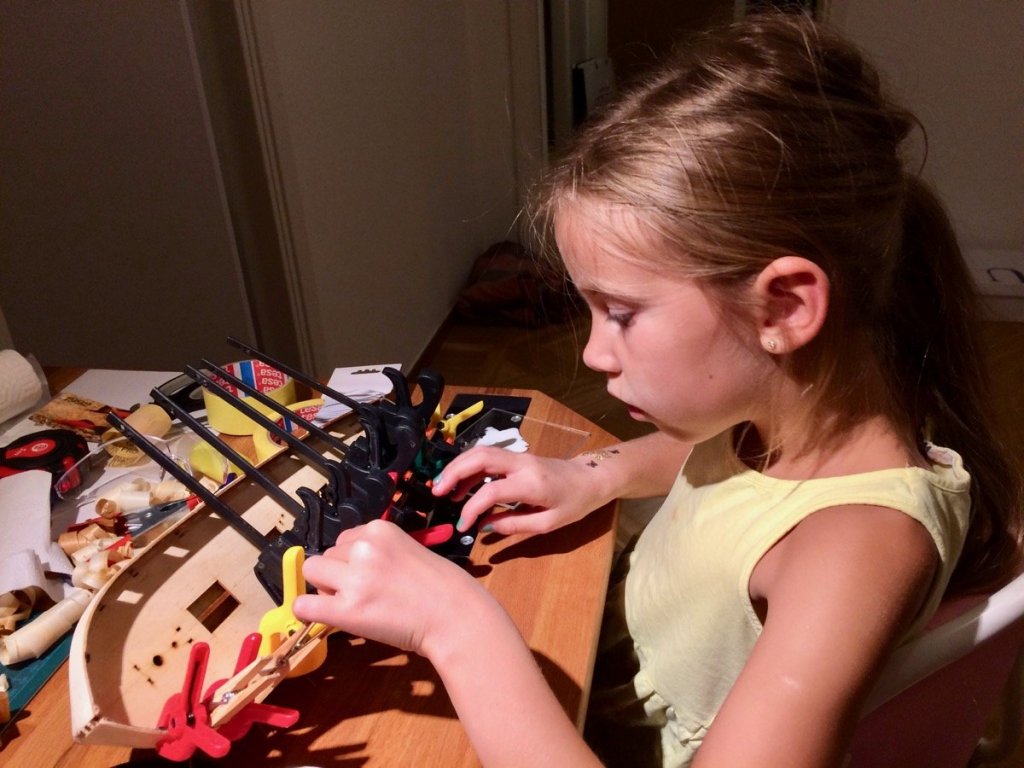
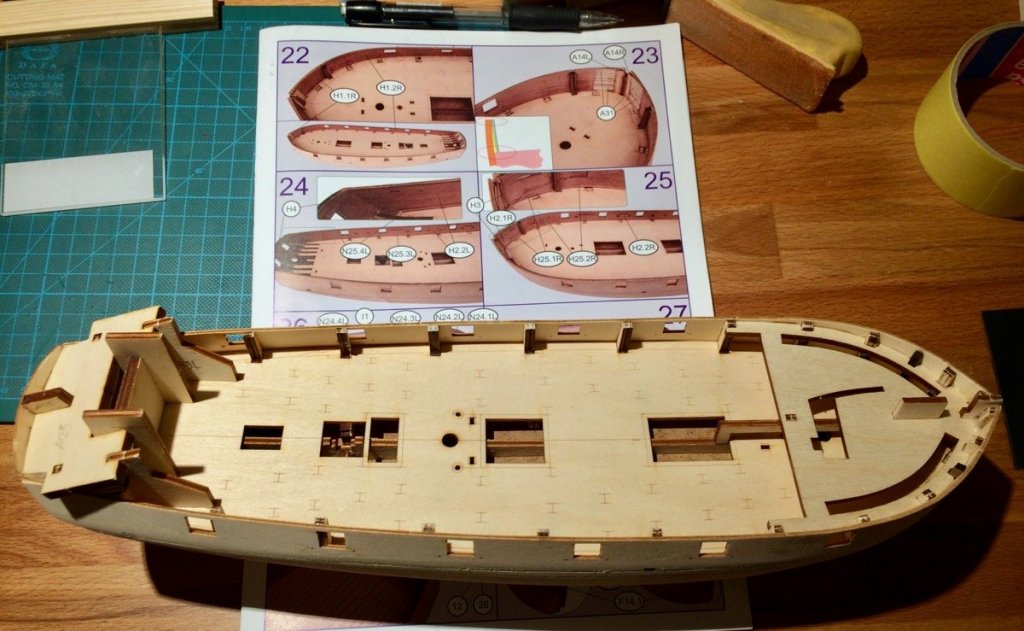
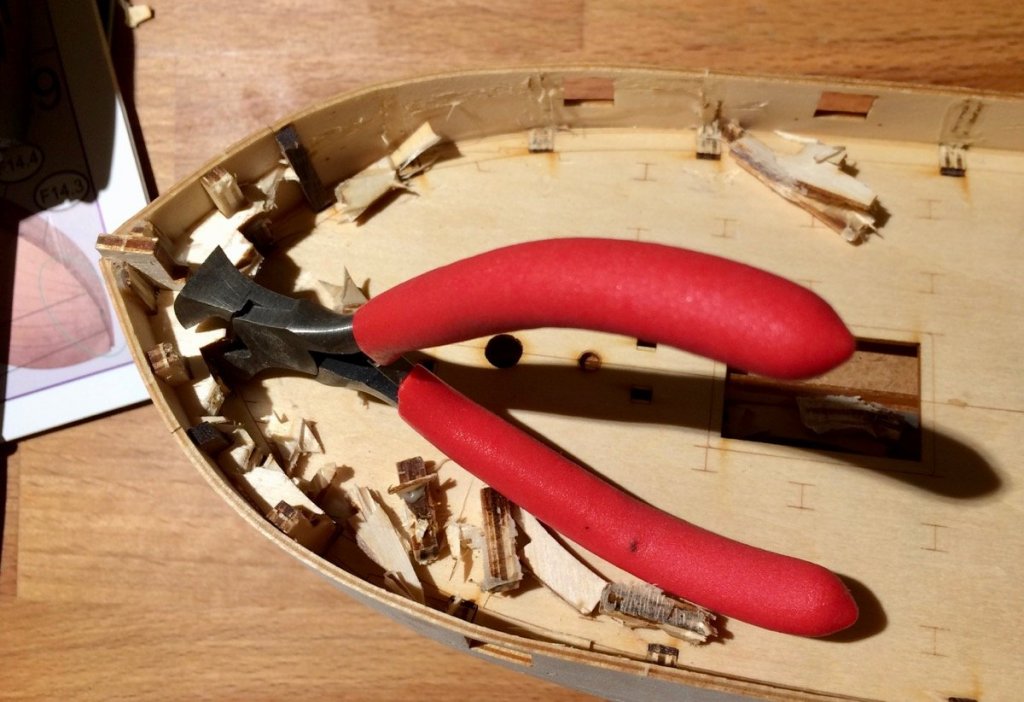
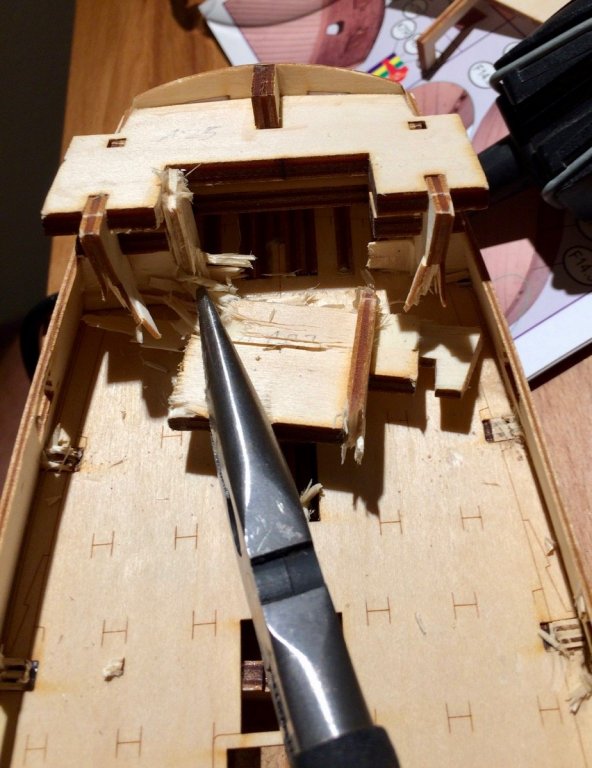
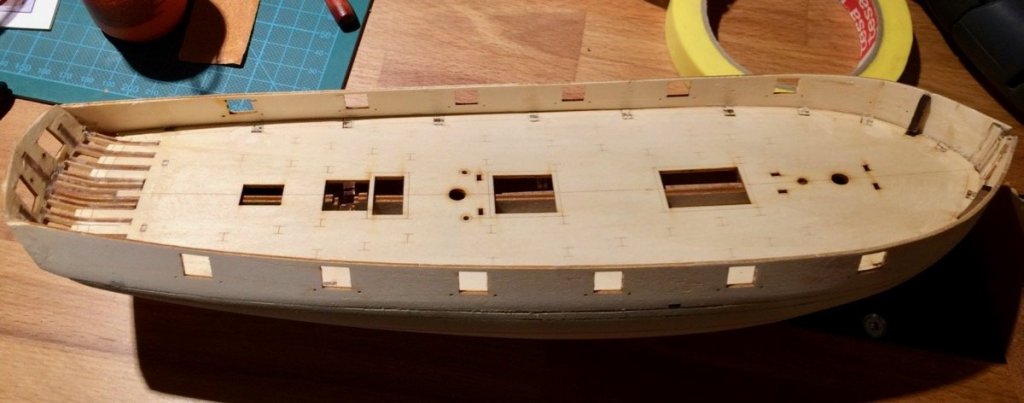
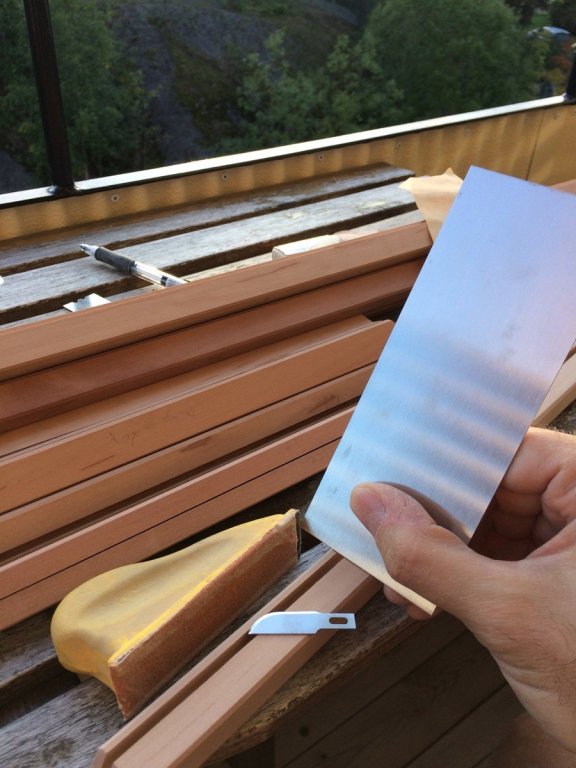
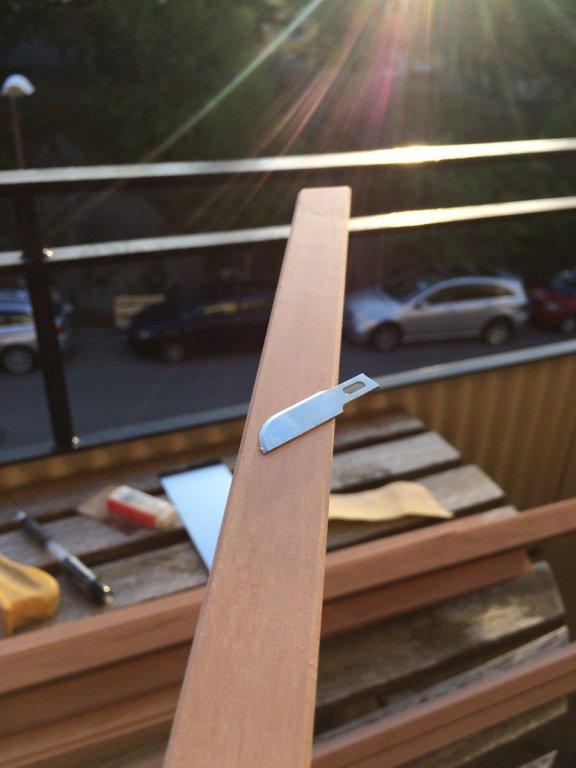
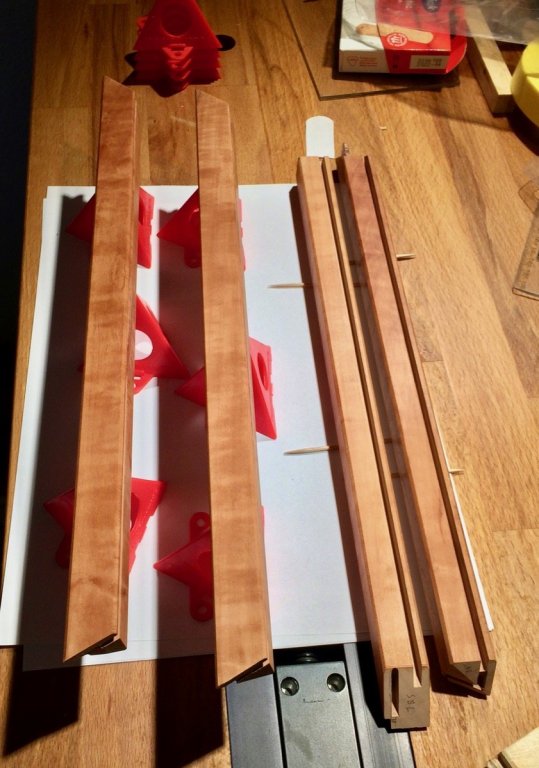
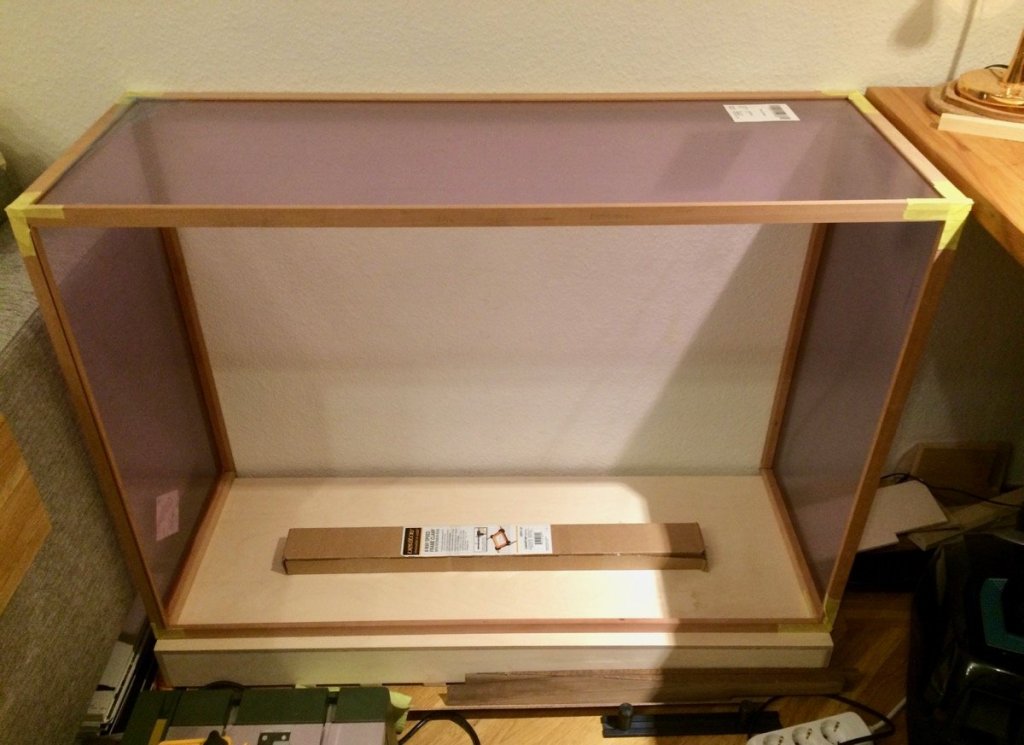
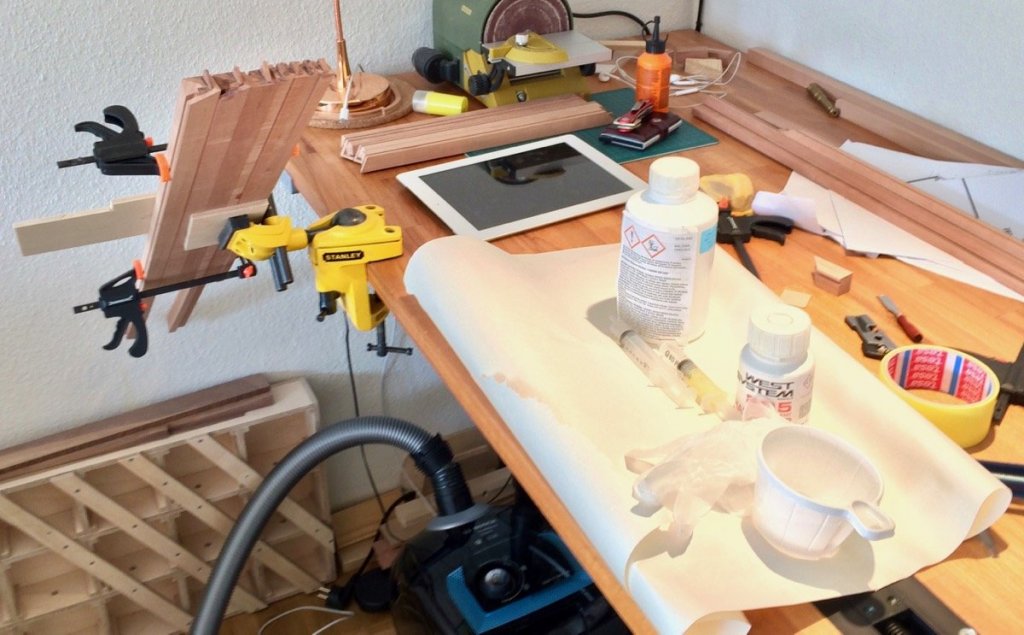
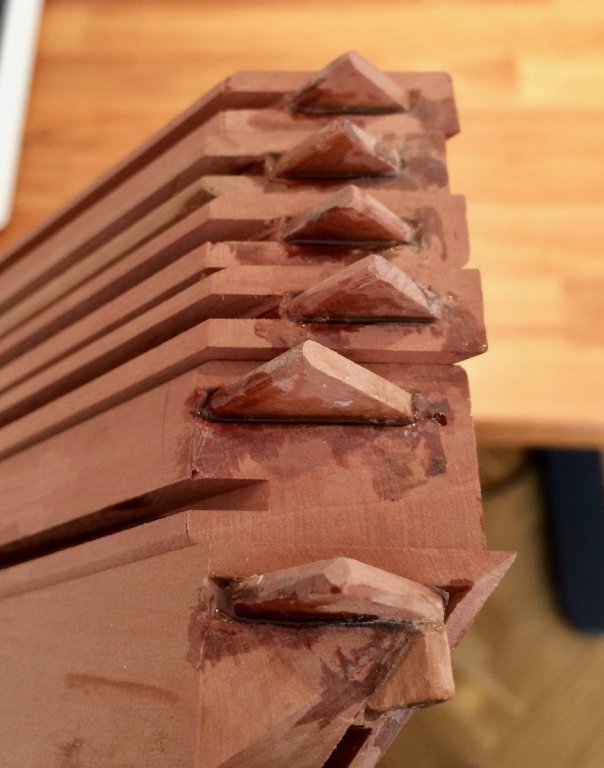
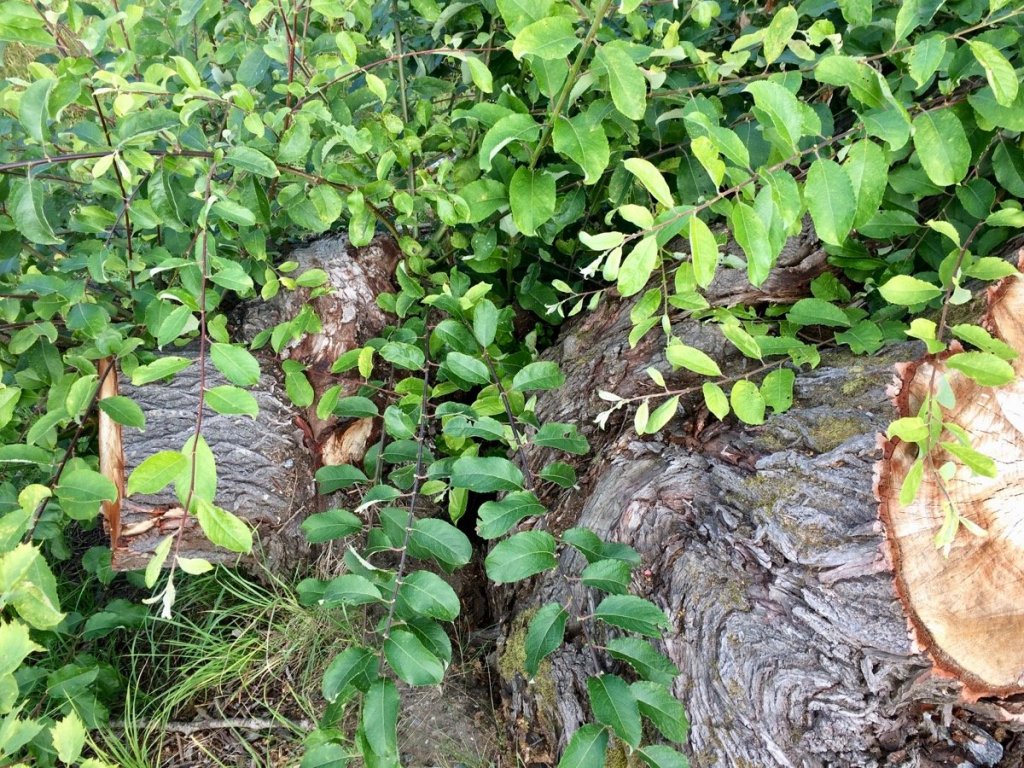
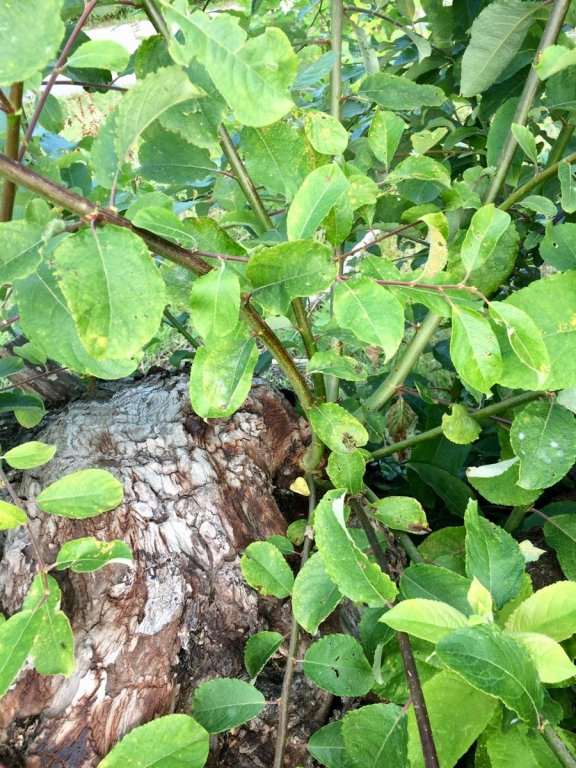
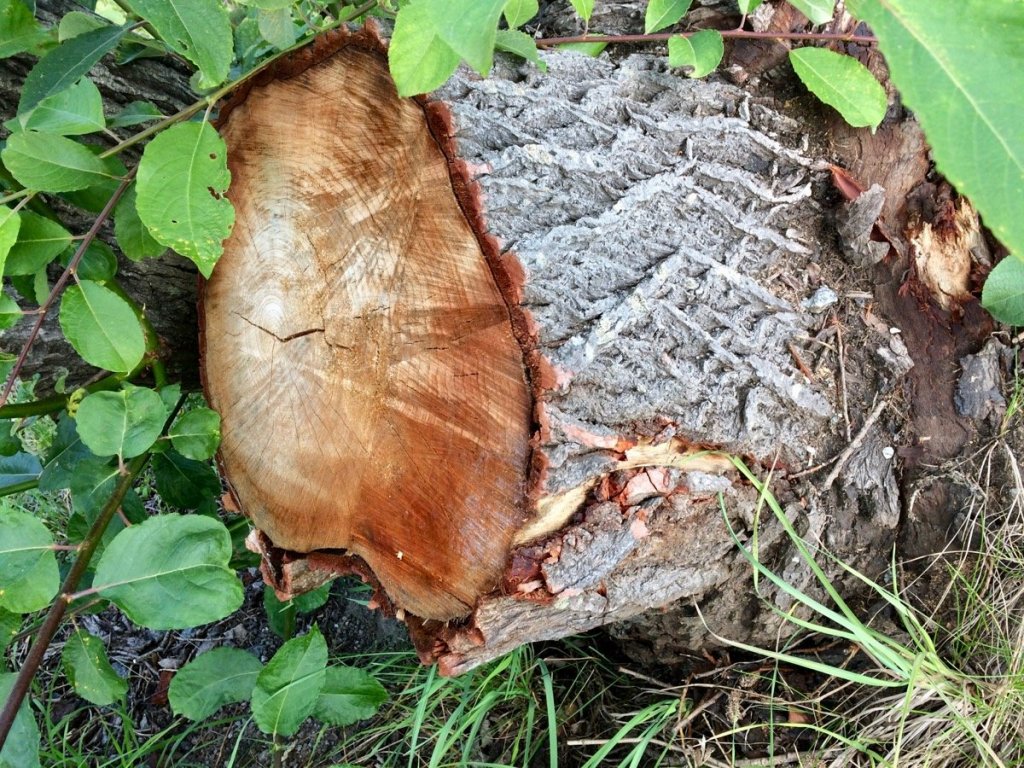
Band or Scroll saw
in Modeling tools and Workshop Equipment
Posted
As a living room modeller I would say - Proxxon bandsaw. It is very thin and flat, so does not take a lot of space under the table. And is totally capable of sharp turns, enough for frames and such.
Scroll saws are much wider, so take more space. I also tried a small proxxon scroll saw - it is terrible, cuts pear 10x slower than the bandsaw, and with awful vibrations.